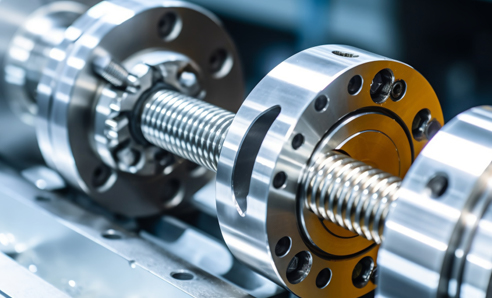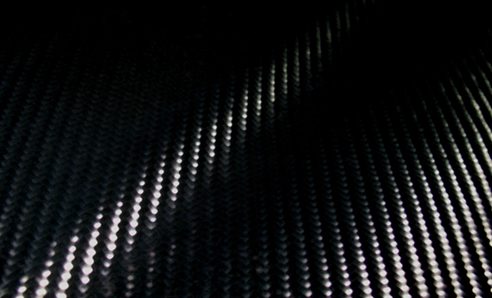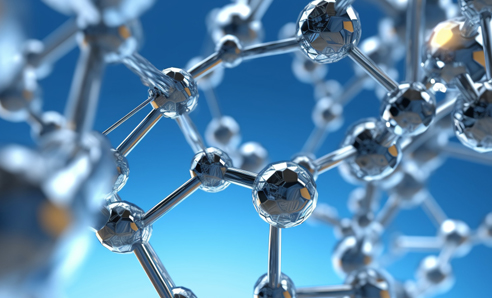Petrochemical Industry
Molecular simulation of thermodynamic stability of nano-particle modified foam
Foam fluids have been used in a wide variety of oil recovery technologies, such as drilling, fracturing and enhanced oil recovery. However, foam is in an unstable state in thermodynamics and dynamics, so the stability of foam is a key problem that needs to be solved in the use of foam. Nanoparticles have a greater advantage over conventional surfactants to stabilize foams in that they can be irreversibly adsorbed at the gas-liquid interface, thus providing more durable stability. The adjustable stability of SDS foam containing oil was investigated by experiments and molecular dynamics (MS Forcite) simulations. The stability of the oil-containing foam system is adjusted by changing the concentration of the components (SDS surfactant and SiO2 nanoparticles). The microstructure and dynamic characteristics of the foam film were studied. This work will help to deepen the understanding of the mechanism of foam stability regulation and achieve a more stable foam system in the experiment.
Journal of Industrial and Engineering Chemistry, 2020, 82:333-340.
Experiment and molecular simulation of CO2 responsive foam drainage agent
With the continuous development of gas fields, liquid accumulation has occurred in most gas Wells in China in recent years. The process of foam drainage gas production is to add foam drainage agent to the bottom of the well, and the gas flow disturbs the bottom of the well to produce a lot of foam, so the accumulated liquid is carried to the surface in the form of foam to achieve the purpose of drainage gas production. However, when a large amount of foam reaches the ground, it is difficult to eliminate, even if the defoamer is added, there are problems such as slow and incomplete defoaming, and it is easy to generate emulsifiers, which brings many problems to the post-treatment. In this paper, the foam properties and CO2 response performance of CO2 intelligent responsive SDS/C12A compound foam extractor were studied by combining experiment and molecular dynamics simulation. The experimental results show that the defoaming effect can be achieved quickly by CO2. Then N2 was injected again, and the solution still had foaming ability. This allows the foam to quickly switch between stable and unstable states.
By using the molecular dynamics simulation method of Materialsstudio software, the water-based foam system was studied, and the mechanism of molecular structure, gas-liquid interface properties and liquid film microscopic changes were deeply analyzed. The simulation results show that when CO2 is introduced, most of the SDS and C12A molecules aggregate in the water phase rather than adsorb at the air-water interface to stabilize the foam film. Due to the decrease of surfactant content at the air-water interface after the introduction of CO2, the foam burst rapidly.
This study provides guidance for the design and development of a new CO2 intelligent responsive foam drainage agent to solve the problems of defoaming difficulty and easy emulsification of the produced liquid in the process of foam drainage and gas production, and has certain theoretical significance and application value.
Chemical Engineering Science 209 (2019) 115218
Molecular dynamics simulation of gas displacement process and mechanism
In petroleum exploitation, the oil in large pores and mesoporous pores in rocks is easily displaced by gas or solution. However, some crude oil is still attached to the pore and the rock surface. In order to enhance oil recovery, the residual oil in the pore and the rock surface needs to be further displaced. Gas flooding is a conventional oil flooding method, but there are few researches on microcosmic level. In this paper, the displacing process and dissolution mechanism of residual oil on rock surface by CO2 and N2 combined gas were studied by molecular simulation. The microscopic process of gas displacement and the mechanism of crude oil dissolution are shown from the atomic and molecular level. This paper uses Forcite, Amorphous Cell and COMPASS modules in Materials Studio software to research the above problems. The process and mechanism of displacement are obtained. CO2 can be adsorbed on the rock surface and play the role of stripping residual oil. At the same time, CO2 has the function of dissolving crude oil, and this result has guiding significance for the study of micro-level mechanism of oil displacement.
Journal of Petroleum Science and Engineering 218 (2022) 110989
Study on high adsorption properties of modified polyvinylidene fluoride by quantum chemico-Monte Carlo molecular dynamics method
A large amount of oily wastewater is produced in metallurgy, oil and gas, petrochemical, pharmaceutical and food industries, and the treatment of oily wastewater has become an important issue of concern to environmental scientists. The use of ultrafiltration technology to treat oily wastewater has been proved to be the most effective strategy to treat oily wastewater, which has high separation efficiency, high separation rate, ecological friendliness, low cost, strong scalability and higher permeability quality. However, the deposition of oil particles in the pores of the membrane structure will reduce the filtration effect. By modifying the chemical structure of the surface of the hydrophobic polymer film to improve its hydrophilicity, the anti-fouling property of the film can be improved. Therefore, high wettability and anti-fouling property are very important for the performance of the film. Therefore, modification of membranes with amphiphilic copolymers can significantly reduce the contamination rate caused by particle deposition. Molecular dynamics (MD), Monte Carlo (MC) and quantum mechanics (QM) simulations are widely used in materials science, biomedicine and other fields. In this study, the oil separation and membrane fouling properties of PVDF membrane were simulated by using hydrophilic copolymers and temperature-sensitive monomers by QM, MC and MD simulation. As shown in Figure 1;
Modules: DMol3, Adsorption Locator, Forcite.
Journal of Molecular Liquids 375 (2023) 121286
Molecular dynamics simulation of oxidation product aggregation in lubricating oil
With the development of industrial technology, the operation of machines generally requires higher temperatures and speeds; Oxidation of lubricating oil is inevitable in such an environment; The oxidation products of lubricating oil are mainly alcohols, aldehydes, ketones and carboxylic acids. The different concentration of oxidation products will affect the viscosity of lubricating oil, which may affect the performance of lubricating oil; The components of the products in the lubricating oil in the experiment are quite complex, which can not be studied accurately and quantitatively. The aggregation behavior of oxidation products in lubricating oil was studied by molecular dynamics method. It is clear that fatty acids and fatty alcohols are more likely to form hydrogen bonds in the oxidation products of lubricating oil, and the energy to form hydrogen bonds between them is relatively high, resulting in their high concentration in aggregates. Controlling the concentration of fatty acids and fatty alcohols in the lubricant may help to prevent the accumulation of oxidation products in the lubricant.
Tribology Letters (2018) 66:104
Simulation of acetylene gas adsorption properties in metal-organic skeleton material FJI-H8
Acetylene is a very important chemical raw material, widely used in the synthesis of polyester plastic materials. However, when the pressure exceeds two atmospheres, acetylene can explode even at room temperature without oxygen, so the storage and transportation of acetylene still face great challenges. Porous metal-organic frame materials (MOFs) have the advantages of high specific surface area, adjustable pore size, and excellent performance in the adsorption and separation of conventional gases, so MOF materials are expected to provide a way to solve the adsorption and storage problems of acetylene gas. Through Sorption module to study the structure and properties of a series of microporous Cu-MOF materials, it is found that not only open metal sites, but also suitable pores play a crucial role in the adsorption of acetylene. This study provides a new way to design and synthesize MOF materials with excellent acetylene adsorption properties in the future.
Nature communications, 2015, 6, 7575.




